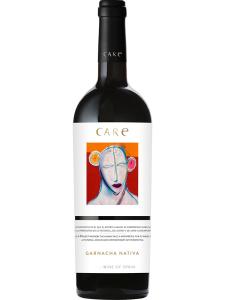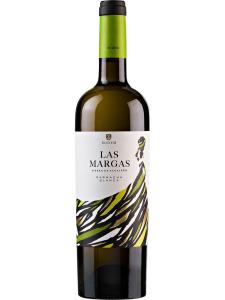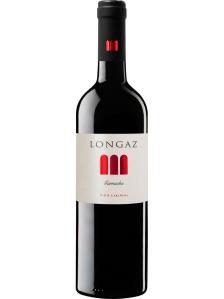-
中文名:
-
英文名:Carinena
-
位置:
-
葡萄园面积:公顷
-
葡萄酒特点:
-
产区产量:
-
土壤:
Cariñena is just one of several DO titles used for the wines of Aragon, northern Spain. Its winegrowing area is situated to the south of the River Ebro, and north-east of Calatayud. The town from which it takes its name has also been adopted by the Cariñena grape variety (known as Carignan in other parts of the world), which once dominated the local vineyards.
The region sits in the Ebro Valley upon one its vast plains. Rocks and pebbles abound and, fittingly, wines are known locally as el vino de las piedras, or 'wine of the rocks'. The region is one of the oldest demarcated appellations in Europe, having been awarded DO status in 1932.
Winemaking in the area dates back to at least Roman times, and records from that era confirm that locals drank Cariñena wines mixed with honey. Many other historical records attest to the quality of the wines from Cariñena; King Ferdinand I of Aragon listed it as his preferred wine above all others and the French philosopher Voltaire thought it heavenly. Wine has long been the economic mainstay of the region and a source of great pride and renown.
The majority of Cariñena's vineyards are located at relatively high altitudes, between 400 and 800 meters (1,300-2,600ft). They are scattered along the plains of the Ebro River, extending all the way up to the slopes of the Sierra de Algairén mountain range to the west.
The region's climate is decidedly continental, with extreme seasonal and daily temperature variations, although a cold northerly wind – the Cierzo – helps to moderate summer temperatures and keep humidity low. This, along with the diurnal temperature variation, assists in imparting characteristic intensity to the local grapes, especially Cariñena, although today, Garnacha (Grenache) is the most favored grape here, thanks to both market demand and its adaptability to local conditions.
With a change in market forces, the Cariñena region has rearranged its wine production rapidly and significantly. The hefty, alcoholic red wines produced by local co-operatives and destined for the bulk blending market have given way to more balanced styles. Small estates have focused on quality rather than quantity, and successful experimentation with international varieties such as Cabernet Sauvignon, Merlot and Syrah has also added to the region's standing as a quality wine producer.
Cariñena boasts a wide variety of wine styles, ranging from its signature oak-aged reds to dry white wines from Viura (Macabeo) grapes, fruity rosados and sweet Moscatels.
The core of Cariñena's designated area also produces sparkling wines under the Cava DO, from Macabeo, Parellada and Chardonnay.
https://elvinodelaspiedras.es





